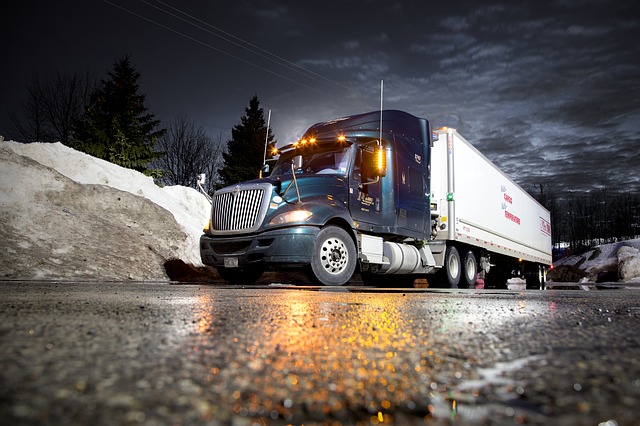How to Help Your Truck Scale Handle Extreme Temperatures
Having completed over 4,000 installations throughout North and South America, Active Scale understands the challenges that extreme temperatures pose for our customers and their truck scale systems.
Whether your climate is cold and icy or hot and humid (or both!), extreme temperatures and the associated weather conditions can have a significant impact on the accuracy of your truck scales.
Choosing a high-quality weighing system is an important start, but proper maintenance and calibration are some key tools in helping your truck scale withstand whatever your local climate throws at it.
The reality is that the weather patterns we’ve become accustomed are evolving and extreme temperatures are becoming the norm. As a result, it’s increasingly important for scale operators to take the temperature into consideration and adjust accordingly. If they don’t, they risk inaccurate measurements, costly repair bills, lost revenue and more.
Here is Active Scale’s expert advice on how to ensure your truck scale’s accuracy and reliability in extreme temperatures:
Calibrate Your Truck Scale Regularly
One of the most important things to do for your truck scale, regardless of the climate, is to have a professional perform calibration on a regular basis. How often this needs to be done will depend on factors such as the scale’s working environment, how frequently it’s used and the changing seasons and weather.
A good rule of thumb is that anytime there is a significant temperature change, whether this is because of the seasons or you’ve relocated your portable scale to a new location, you should have your scale re-calibrated. This will ensure you scale is calibrated properly for the current environment and temperature.
Calibrate For the Temperature and Wind
Believe it or not, metal doesn’t just stay the same size at all times. Fluctuations in temperature cause the metal’s atoms to expand and contract. You won’t notice the difference with the naked eye, but this can have a significant impact on the load cell sensitivity and accuracy of your scale.
Similar to temperature, the wind can also create enough pressure or vibrations to have a negative impact on the accuracy of your scale. Changing seasons often come with a change in winds, so take the typical conditions for your location, and the specific placement of the scale, into consideration during calibration.
It may be tempting to schedule your scale calibration for a nice day, but it’s best to do it on a day that represents the normal weather for the coming months. Your scale technician will take temperature, wind and other climate considerations into account and calibrate accordingly.
Prevent Moisture Buildup
Whether it’s from snow, melting ice, rain or humidity, moisture buildup in your truck scale poses a problem. Moisture can cause wear and tear on the scale’s parts and components. When it builds up on the load sensor, it can also affect electrical outputs and cause interference with the signals that are sent from the load cell to the display indicator.
A weekly inspection is one of your best defences against moisture build up. This is particularly important in cold climates to prevent your scale from freezing. Make sure that the surface and area around your scale is included in your snow removal activities.

Keep your truck scales clear of snow and ice to prevent moisture buildup.
You can also consider more proactive measures to prevent moisture accumulation, such as installing a cover over the scale or a pump to clear out pooled water.
Clearing snow and water from your scale is key for accuracy and performance, but it can also help keep your employees and scale users safe. Especially with a steel scale, wet scale decks and stairs can become slippery which could lead to someone falling and injuring themselves.
Check Your Instrumentation and Accessories
So far we’ve only mentioned the scale itself, but it’s important to keep your truck scale instrumentation in good condition to help ensure weighing accuracy and prevent costly repair bills.
Just like your scale, you’ll want to take steps to prevent moisture buildup. Clear away snow, ice and water as soon as possible. The last thing you need is frozen buttons, dead batteries or condensation buildup making it difficult to read a measurement. You may also want to consider ways of covering up the instrumentation to prevent or limit its exposure to the elements.
Unfortunately, we can’t control the weather, but there is a lot you can do to control and improve the accuracy of your truck scales. Preventing moisture buildup, weekly inspections and regular calibration that takes into consideration the changing temperature and wind conditions are key tasks to ensure you truck scale provides accurate measurements.
Whether you’re looking for a high-quality truck scale that’s built for extreme temperatures or a team of scale technicians to perform the necessary calibration and maintenance, Active Scale is here to help.
Contact our team today and get started with our industry-leading truck scale systems and calibration services.